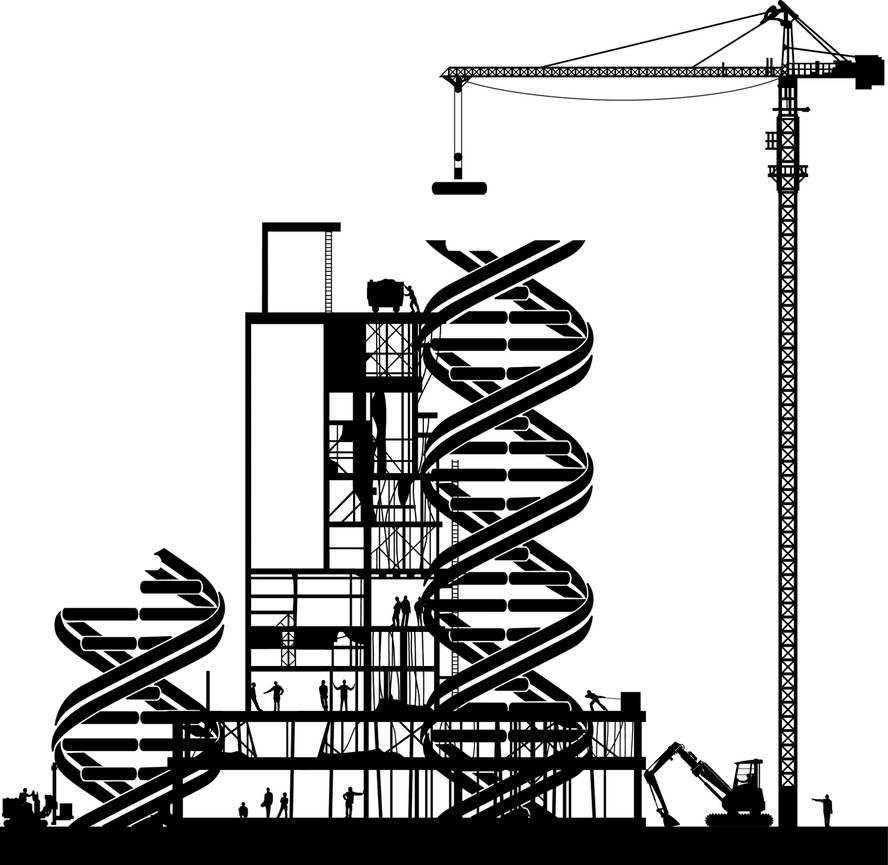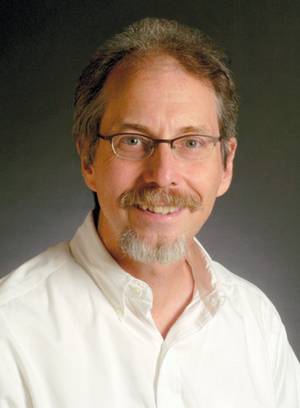Synthesized in laboratory a chromosome from the design of the sequence
For the first time, a yeast chromosome has been designed and synthesized, demonstrating that it is functional. Specifically, they have replaced the third chromosome of the yeast Saccharomyces cerevisiae, with the collaboration of researchers and students, under the direction of the genetic< Boeke of the University of New York, within the project Build a genome (“Eraikgenoma bat”).
Thus, 73 authors signed the research published in the journal Science. The article explains that the yeast S. cerevisiae consists of 16 chromosomes, whose total genome contains 6,000 genes, of which about 5,000 are unnecessary individually. How many of them are not necessary at the same time? In this question they have been based to design and synthesize the entire chromosome.
In this way, other researchers, such as Creig Venter or George Church, have totally walked away from the path they have tried so far. And it is that they have treated and obtained synthetic copies of the genomes in bacteria.
In the current research they have gone further, since yeasts are eukaryotic and therefore more complex than bacteria, and have also shown that the new methodology developed is effective.
The equivalent of the third chromosome, the third smallest of S. cerevisiae, has been made. They have been based on the original chromosome sequence, eliminating their bases and replacing some with new ones, always ensuring their stability and functionality.
In Boeke’s words, they have made more than 50,000 changes in the DNA code, “and our yeast still lives.” They have shown that it is stable and functional and have even assigned new functions.
Based on this study, Boeck has announced the opening of new pathways for the manufacture of new drugs and vaccines and many other researchers have shown similar hope. However, their contribution is not limited to medicine, but is also useful in bioremediation and in the field of biofuels, among others.
The next step will be to continue with the other chromosomes. After two years, they expect all chromosomes to be present in the same organism, the challenge is that the organism is functional.







